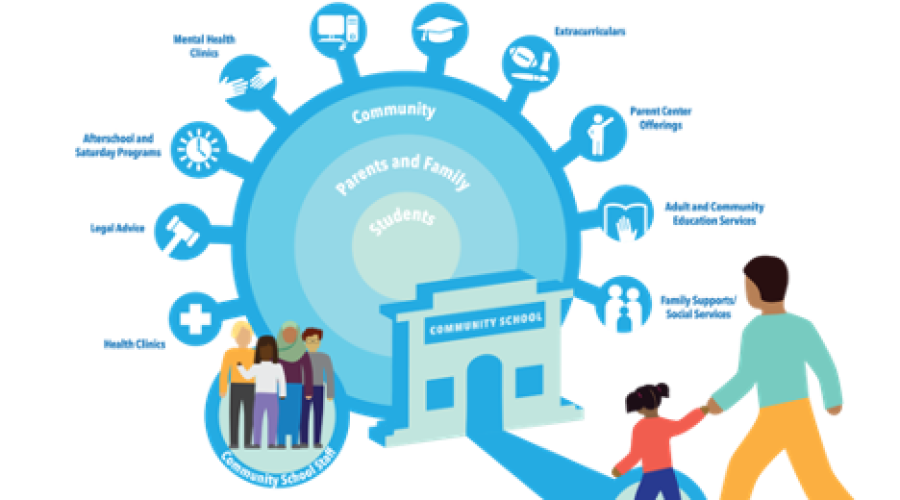
Equity in Education
The graduation rate for the City of Buffalo was as low as 48% in 2012. That should not seem normal to you. It certainly wasn't the norm for schools in the affluent suburbs that year.
It's no coincidence that Buffalo Public Schools (BPS), the city's school district, has fared worse than other districts in the region. The poor educational outcomes seen in the city are inherently tied to the area's long history of racial segregation and high levels of economic disadvantage. In fact, BPS has remained as segregated as they were in the 1970s.
People love to say that education is the key to success. After all, a good education can even get you out of poverty, right?
Reality check: not everyone has the opportunity to get that "good" education. We live in a country where there's a very strong link between a child's ZIP code and chances of success. Whether or not a high-quality education is truly the be-all and end-all of inequality in this country, we still need to join and support the movement for equity in education.
Say Yes started a new movement in Buffalo to strengthen the Western New York economy by improving educational outcomes in the city. The first thing I learned about the organization was that they offer tuition scholarships. They give students, especially those who had previously thought that college wasn’t an option for them, a new sense of hope. It's a fantastic program, but there's a reason why Say Yes is so much more than just the scholarship.
A scholarship alone won't determine whether or not a student attends college.
Working with the Community Schools program has shown me the importance of recruiting family members and the broader community into the Say Yes movement. The Community Schools strategy is effective because it unites the community in support of the students and caters to the whole family unit, acknowledging the important roles they play in a child's academic success.
In short, they work hard to bring everyone to the table. MLK’s observation of the “inescapable network of mutuality” is alive and well here because when it comes to education, everyone has skin in the game.
My work with Community Schools has also shown me how community and family engagement can create more equitable spaces for students in Buffalo.
In one of my meetings with my supervisors, we discussed the following Say Yes statement:
“Equity will be achieved when we can all just wake up and live freely; be valued and respected; live free from structural impediments based off of perceived racial characteristics; and, have fair representation and opportunity."
~Collective Statement Developed by Say Yes Buffalo Staff at 2019 Retreat~
It was crucial to us that I start my Community Schools Final Report with this important statement indicating our commitment to equity.
When I think about equality vs. equity and specifically what both look like in education, I think about this example:
Funding per student at every school should be the exactly the same.
Vs.
Students who are more economically disadvantaged should receive additional support to ensure they can succeed
One is a question of equality and conveys the idea that everyone should be treated the same. The latter is a question of equity. Equity is taking into account how needs may differ across various groups and subsequently giving everyone what they need to succeed. The education system in this country is certainly not equitable, and this issue is especially prevalent in Buffalo.
Working towards equity in education means establishing systems like Say Yes to better ensure the same chance of success for all students. Across the board, Say Yes has done amazing things for students in Buffalo Public Schools (BPS) since its inception. Not too long ago, the percentage of students that were graduating in the City of Buffalo used to be in the 40-50 range. In a recent Say Yes townhall, they announced that the graduation rate for this year was just shy of 75%. That massive improvement emphasizes the necessity of equitable practices and additional supports for marginalized students in a community like Buffalo and the success of organizations working for educational equity such as Say Yes.
